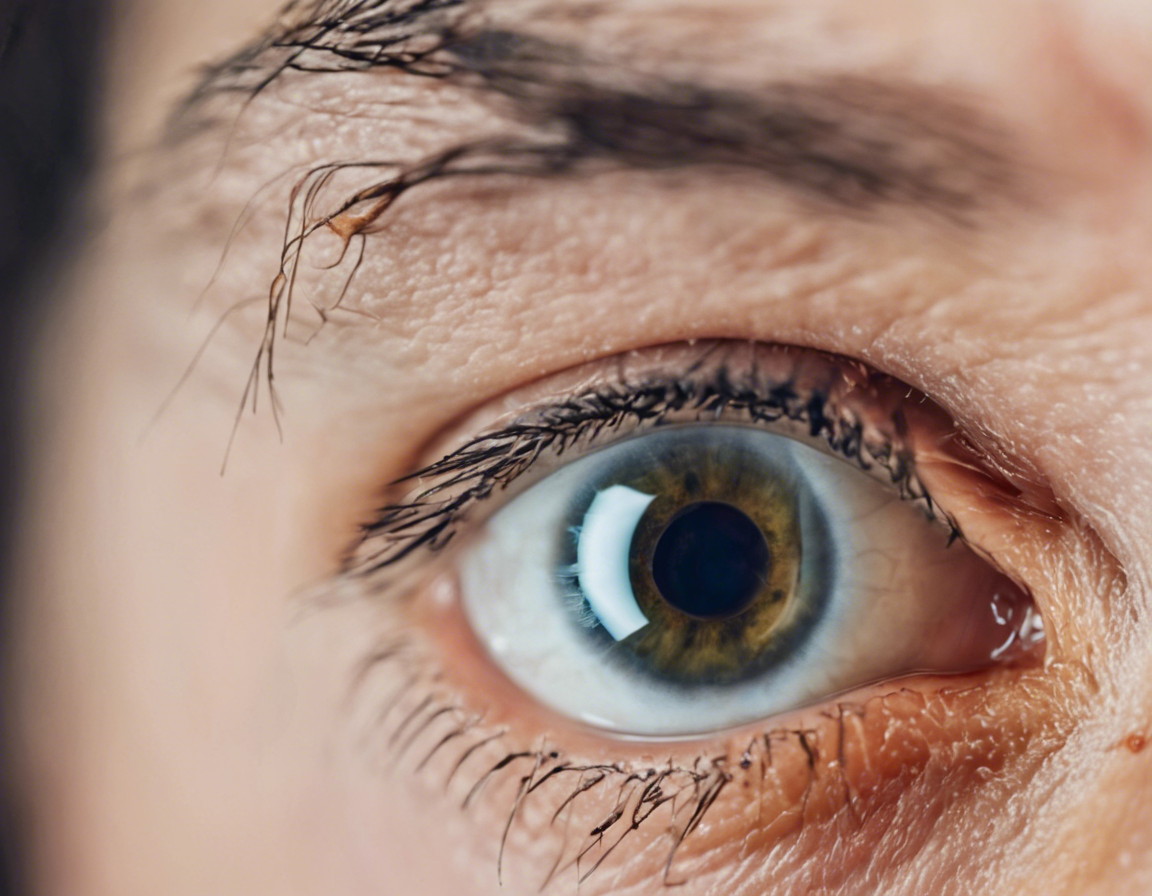Eye flu, also known as viral conjunctivitis, is a common condition characterized by inflammation of the conjunctiva – the thin, clear tissue that lines the inside of the eyelid and covers the white part of the eye. While it is typically a mild and self-limiting condition, the symptoms can be uncomfortable and disruptive, affecting the quality of life of those affected.
One of the primary symptoms of eye flu is redness in the eyes, accompanied by itchiness, tearing, and a gritty sensation. In some cases, individuals may also experience swelling of the eyelids, sensitivity to light, and discharge from the eyes. The infection is highly contagious and can spread rapidly in settings where people are in close contact with each other, such as schools, offices, and healthcare facilities.
While viral conjunctivitis usually resolves on its own within a couple of weeks, there are treatments available to help relieve the symptoms and shorten the duration of the infection. One of the most common forms of treatment for eye flu is the use of eye drops. In this article, we will explore the different types of eye drops available for the treatment of eye flu, their benefits, precautions, and how to use them effectively to achieve optimal relief and comfort.
Types of Eye Drops for Eye Flu
There are several types of eye drops that can be used to manage the symptoms of viral conjunctivitis. These include:
1. Antihistamine Eye Drops
Antihistamine eye drops work by blocking the action of histamine, a chemical in the body that is released during an allergic reaction. Although eye flu is typically caused by a viral infection, antihistamine eye drops can help reduce the itchiness and redness associated with the condition, providing relief for the affected individual.
2. Artificial Tears
Artificial tears are lubricating eye drops that can help moisten the eyes and provide relief from dryness and discomfort. These eye drops can also help flush out any irritants or foreign materials that may be contributing to the symptoms of eye flu.
3. Steroid Eye Drops
Steroid eye drops are prescribed in cases where the symptoms of viral conjunctivitis are severe and persistent. These eye drops help reduce inflammation in the eyes and alleviate symptoms such as swelling and redness. It is essential to use steroid eye drops under the supervision of a healthcare professional, as prolonged use can have side effects.
How to Use Eye Drops Effectively
To get the most benefit from eye drops and to ensure optimal relief from the symptoms of eye flu, it is important to use them correctly. Here are some tips on how to use eye drops effectively:
- Wash your hands before and after using eye drops to prevent contamination.
- Tilt your head back and pull down your lower eyelid to create a pocket for the eye drops.
- Hold the dropper directly over your eye and instill the prescribed number of drops.
- Close your eyes gently for a few minutes after using the eye drops to allow absorption.
- Avoid touching your eye with the dropper tip to prevent infection.
It is important to follow the instructions provided by your healthcare provider or pharmacist on how to use the eye drops properly. If you have any questions or concerns about the use of eye drops, do not hesitate to seek clarification from a healthcare professional.
Frequently Asked Questions (FAQs) About Eye Flu and Eye Drops
1. How long does it take for eye flu to resolve on its own?
Eye flu typically resolves on its own within 1 to 2 weeks, although symptoms may persist for longer in some cases.
2. Can I wear contact lenses while using eye drops for eye flu?
It is best to avoid wearing contact lenses while infected with eye flu and when using eye drops. Contact lenses can irritate the eyes and prolong the healing process.
3. Are there any side effects associated with the long-term use of steroid eye drops?
Long-term use of steroid eye drops can lead to increased intraocular pressure, cataract formation, and increased risk of eye infections. It is crucial to use steroid eye drops under the supervision of a healthcare professional.
4. Can I use over-the-counter eye drops for eye flu?
Over-the-counter eye drops can provide symptomatic relief for mild cases of eye flu. However, it is recommended to consult a healthcare professional before using any medication.
5. How often should I use artificial tears for eye flu?
You can use artificial tears as often as needed to relieve dryness and discomfort associated with eye flu. Follow the instructions provided on the product label or by your healthcare provider.
In conclusion, eye drops are an effective treatment option for relieving the symptoms of eye flu and promoting healing. By choosing the right type of eye drops and using them correctly, individuals with eye flu can manage their symptoms and experience greater comfort during the recovery process.
